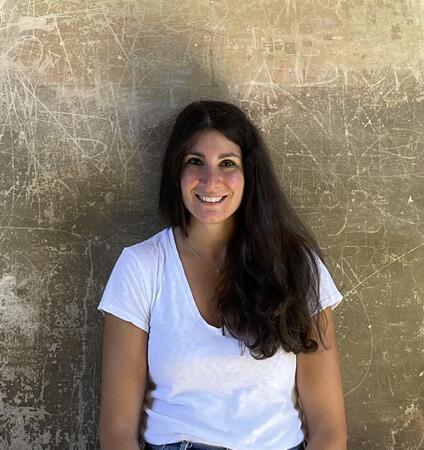A Day in the Life at Center for Hope

Welcome to A Day in the Life at Center for Hope, a blog series highlighting the dedicated professionals who support individuals and families affected by trauma, violence and loss. Center for Hope (CFH) serves as a beacon for those facing difficult times, offering essential advocacy, counseling and resources. In this series, we’ll explore the work and perspectives of those who contribute to CFH’s mission daily.
Today, we meet Hilary Corley, director of major gifts in LifeBridge Health's Department of Corporate Development. Hilary focuses on private fundraising efforts to ensure Center for Hope has the tools and resources it needs to serve the community. Below, she shares what drives her, how gratitude plays a central role in her work and why she's proud to support the CFH team's life-changing impact.
Q1. Who are you, and what do you do at Center for Hope?
A. My name is Hilary Corley. I am the director of major gifts in LifeBridge Health’s Department of Corporate Development, and in this role, I focus on Center for Hope's private fundraising.
Q2. Why is your work important to you?
A. I believe the work the Center for Hope team does is critical to making the world a better place. There is a Talmudic saying in Judaism: “If you save one life, you save the world." The work being done at Center for Hope does just that.
It is my job to make sure the center has the tools and resources to do the best work possible and help the most people during some of the most vulnerable times in their lives. I couldn’t be prouder to support those efforts.
Q3. What does gratitude mean in your job?
A. Gratitude is central to all that I do.
Gratitude, like hope, is a science. When people express and receive gratitude, they become healthier and have less anxiety. It's an easy-to-use way to feel better.
We see gratitude in our clients when they find hope and resilience after receiving help. Clients, community members and businesses all give because they, too, are grateful for the work CFH does to improve the lives of children, families, elders and communities.
Q4. What is your favorite space in the Center for Hope building?
A. I love showing donors and community members our building. It is a beautiful testament to the dedication of our team. Each space is unique, just like the work being done in them, whether that be the first-floor waiting room, the forensic interview pods, the medical exam rooms or the second-floor waiting room.
I particularly love showing off the waiting rooms on the first and second floors, as they showcase why crisis intervention and prevention are so important. They highlight the need for individualized care, trauma-focused intervention and spaces for kids to be kids.